Everyone knows that reality is subjective. Our perception may change in an instant depending on how much and what exactly we know. But two...
Everyone knows that reality is subjective. Our perception may change in an instant depending on how much and what exactly we know. But two Danish photographers have taken the idea to a whole new level.
In the times of the current crisis, keeping a safe distance is key. Even if countries are starting to ease restrictions on quarantine, it doesn’t mean it’s over. But how do we know, from the pictures alone, that people are doing what’s right? It turns out, we can’t.
Photographers Ólafur Steinar Gestsson and Philip Davali conducted an experiment for the photo agency Ritzau Scanpix. The Copenhagen-based artists photographed the same people chilling out outside on the same day. Their trick was to use two different perspectives—a wide angle and a telephoto lens. The pictures show a staggering difference in the distance between these people and make us rethink the things we take for granted.
Telephoto-lens
Wide angle
Telephoto-lens
Wide angle
As a national photo news agency that supplies visual coverage on the coronavirus pandemic, “we became aware that our contribution could be misread,” said Kristian. This unique and critical situation has assigned a new meaning to basic technical facts like the choice of angle and perspective. “The technical choices have never been a debatable issue in the history of photography,” Kristian explained.
Telephoto-lens
Since the issue of misreading photography is completely new, Kristian can’t see why it can be used with ill intent. And this is something we need to be aware of. “As producers of photography, we have a responsibility to draw attention to the fact that images in some cases does not show the proximity of objects as people seem to believe.” Kristian said that the right solution would be to clarify the circumstances in the captions of the images so that they won’t be misread.
Wide angle
Image credits: EPA / Philip Davali / Olafur Steinar RyE
Telephoto-lens
Image credits: EPA / Philip Davali / Olafur Steinar RyE
Wide angle
Image credits: EPA / Philip Davali / Olafur Steinar RyE
Telephoto-lens
Image credits: EPA / Philip Davali / Olafur Steinar RyE
The wide angle is similar to the way our eyes see. Ólafur Steinar Gestsson explained to a local Danish website: “it takes wider pictures, and as a photographer, you use it when you are close to what you need to photograph.” Similar types of cameras are built into our iPhones.
Meanwhile, the telephoto lens is the long lens used to photograph press meetings, football matches, and any situation where the subject is far away. “It gets closer to what you are photographing, and in a way, it pulls the subject together,” he said.
Wide angle
Image credits: EPA / Philip Davali / Olafur Steinar RyE
Ólafur told TV2 that viewers should be aware of the lens and equipment photographers used to take a particular picture. “If there was a description in the caption of how the image was taken, the editor would have the freedom to choose.” According to him, photographers “must always keep in mind how we do our job, especially in times of the corona crisis.”
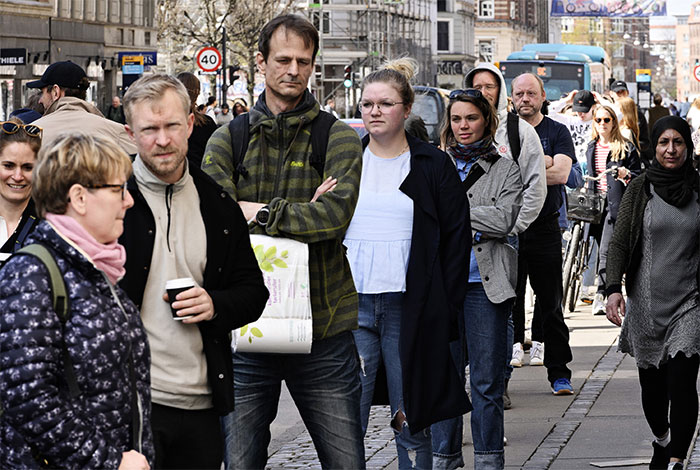
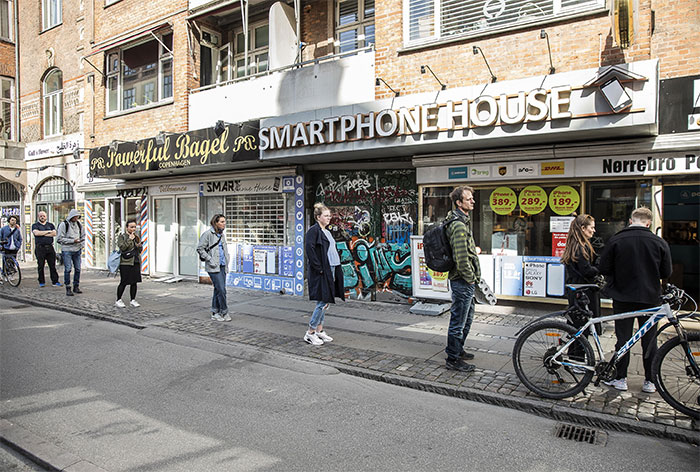
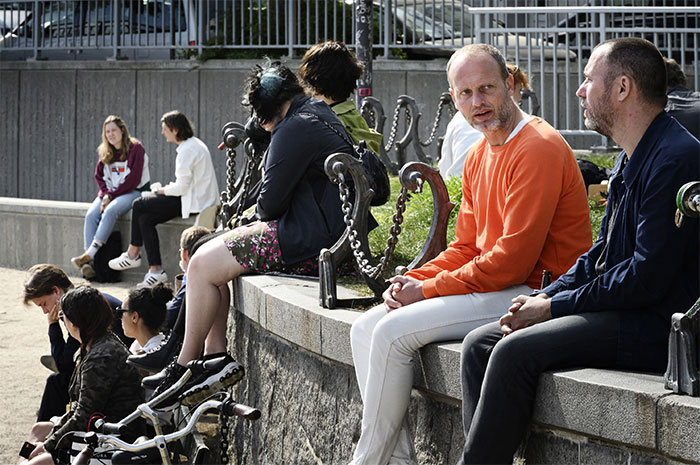
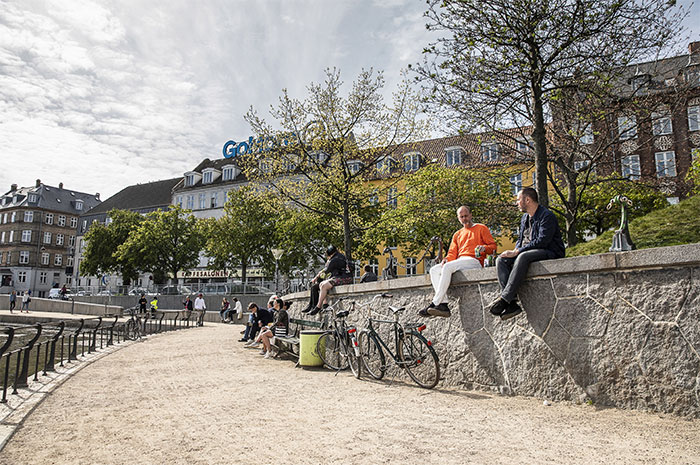
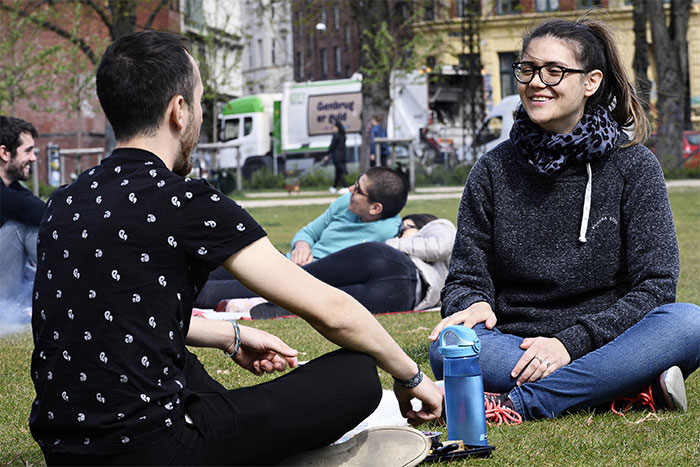
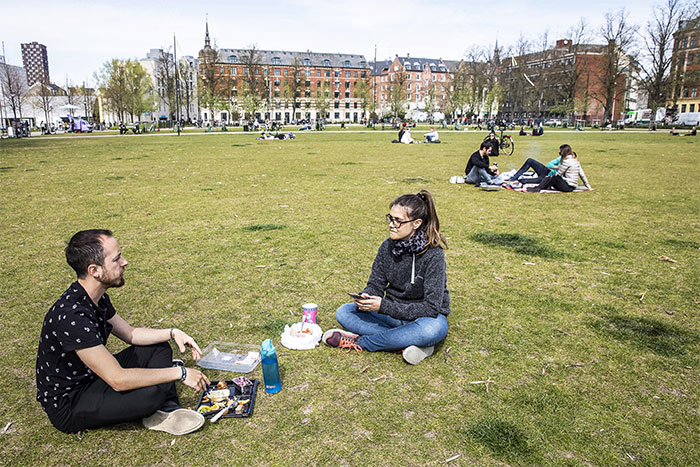
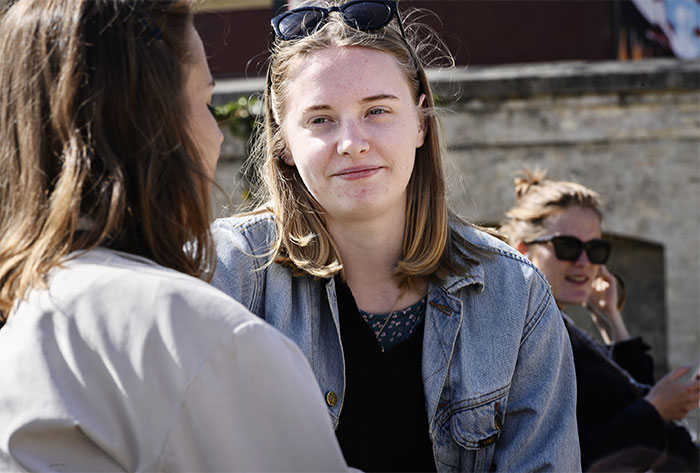
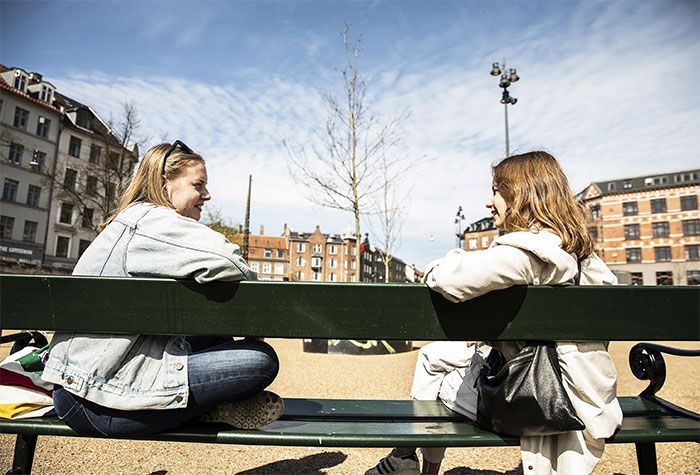
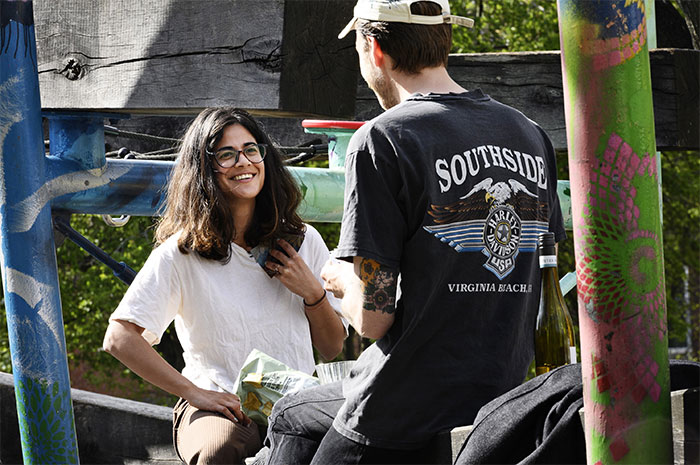
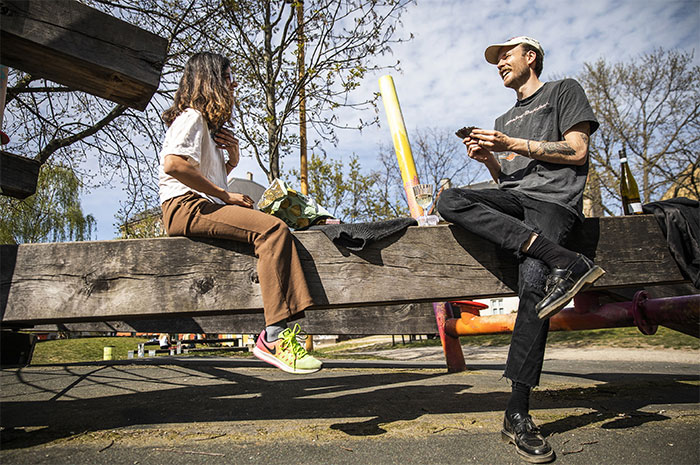










No comments